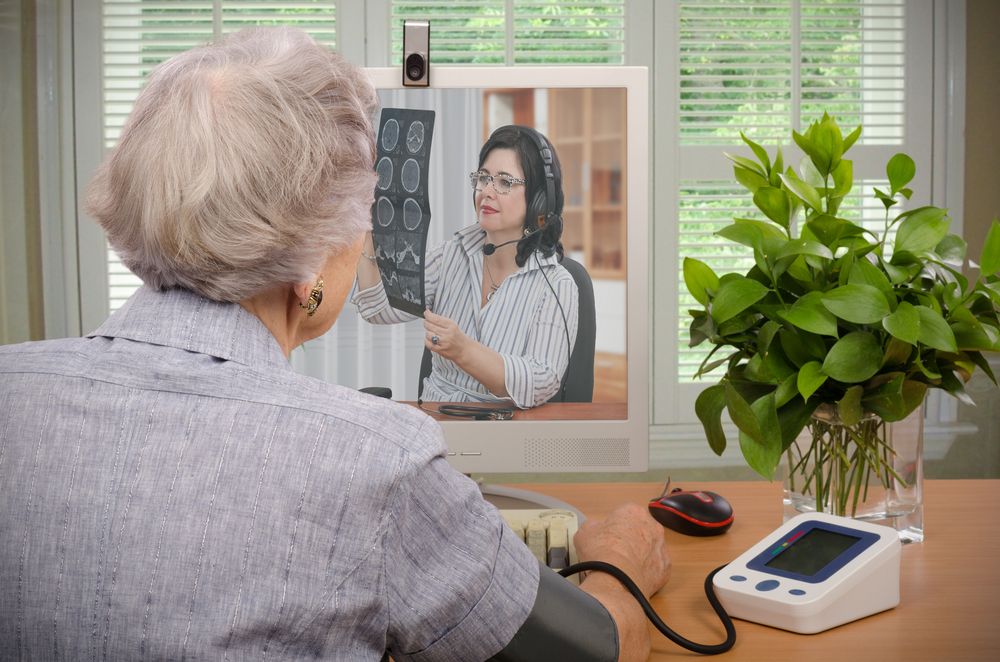Telemedicine: House Calls for the Millennium
After a virtual visit offering useful medical advice, I have found the patient more likely to follow up. Isn’t that the essence of primary care?
© verbaska/Shutterstock.com

Picture a practice: no office rent, no staff salaries, no malpractice premiums, no waiting for patient or doctor, flexible schedule, all cash reimbursement with direct deposit, thank-you notes.
Imagination or reality?
Turns out it’s both, a dream practice in virtual reality: telemedicine, the house call in cyberspace.
For me, the first draft of this practice portrait began with an all-cash house call practice on the island I call home, a 10-mile strip on the Gulf of Mexico. Up and down the island I traveled, able to reach anyone’s front door within 15 minutes, messenger bag and solar scale in hand. The simple interaction between doctor and patient was for me the essence of family medicine.
Along with traditional house calls, I offered discounted visits for established patients through secure email. Follow-up care of diabetes, hypertension, and high cholesterol was a good fit for electronic visits, but only a few patients took advantage of email visits. So I continued hands-on house calls.
What if we launched the house call into cyberspace, where all of us share the roof over our heads? No car is needed, and my travel time is reduced to zero. Outrageous? Is treating a patient without “hands on” Hippocratic blasphemy?
I suggest we remember the basics of treating patients: taking a thorough history; performing a physical examination, which may include using any or all of our senses of hearing, touch, smell, sight (I don’t recall having used taste in an examination); and making an assessment based on our findings. The reality for most of my patient encounters is that the majority of information I need is obtained through the history, readily available through a virtual visit. With video, we can add inspection, and home monitoring can give us vital signs. Listening to the patient’s voice and breathing through a microphone can give a wealth of information. True, I cannot palpate a patient’s abdomen or extremity, but the patient can! This can provide a valuable clue.
So I tried it. I signed up with a telemedicine startup whose goal was to offer HIPAA-compliant live video, audio, and text visits with patients from around the world. The service began with free answers to general medical questions-no diagnosis, treatment, or medical advice-for all adults. Patients simply submitted a question to the service and had the potential for any or all of the participating doctors to answer the query. The service grew rapidly to include thousands of physicians from all specialties. After a year, we were ready to go live with paid video consults added to the continuing free question-and-answer format.
I soon learned firsthand that we can offer useful advice and treat many conditions through virtual visits. Examples: Prescribe an antibiotic for a urinary infection or view a pigmented lesion and refer the patient to a dermatologist.
Through interactions with peers (we can read each other’s answers to questions on the free site and review each other’s online consults), I have developed a network of colleagues across the country.
A concern that telemedicine could undermine the traditional face-to-face visit? To the contrary, I have found telemedicine enhances it. After a virtual visit offering useful medical advice, I have found the patient more likely to follow up with a doctor when appropriate. Isn’t that the essence of primary care?
So I welcome telemedicine as the house call in our mutual living room. Pull up a chair, and your computer.